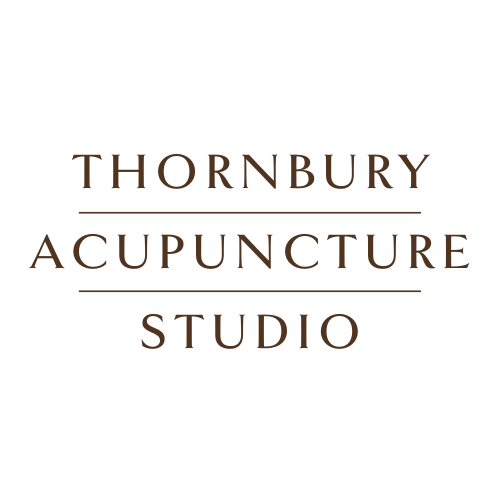Cupping
Cupping is commonly used to relieve musculoskeletal pain by relaxing surrounding muscles and invigorating blood flow. Free flow of blood throughout the tissues is vital for tissue repair as it increases oxygenation and cell metabolism, and clears away dead cell debris and inflammatory substances.
What to expect
Glass cups are applied to the body creating a partial vacuum and drawing the skin, muscles and fascia into the cup. Cupping feels like suction, and the sensation can be mild to strong. Your practitioner can adjust the level of suction to your comfort level. Areas we typically cup include the back, gluteal muscles, thighs and shoulders. We also sometimes cup the belly for those with digestive or gynaecological complaints.
After your treatment, cupping can leave round red or purple marks on your skin (which many of us are familiar with, particularly since celebrities have sported them on the red carpet).
What many don’t know is that cupping marks are different from bruises. When a skilled practitioner applies cupping, marks usually show for less time than a bruise and don’t turn yellow. They merely fade until they disappear. A preliminary experiment suggests that cupping marks are dead blood cells that have been released from muscle tissue.
Another common misconception is that cupping always causes marks. In those who are suffering from depletion or tiredness, we will commonly cup the body extremely gently with warmed cups to rejuvenate the tissues. This gentle cupping typically doesn’t leave marks on the skin.

